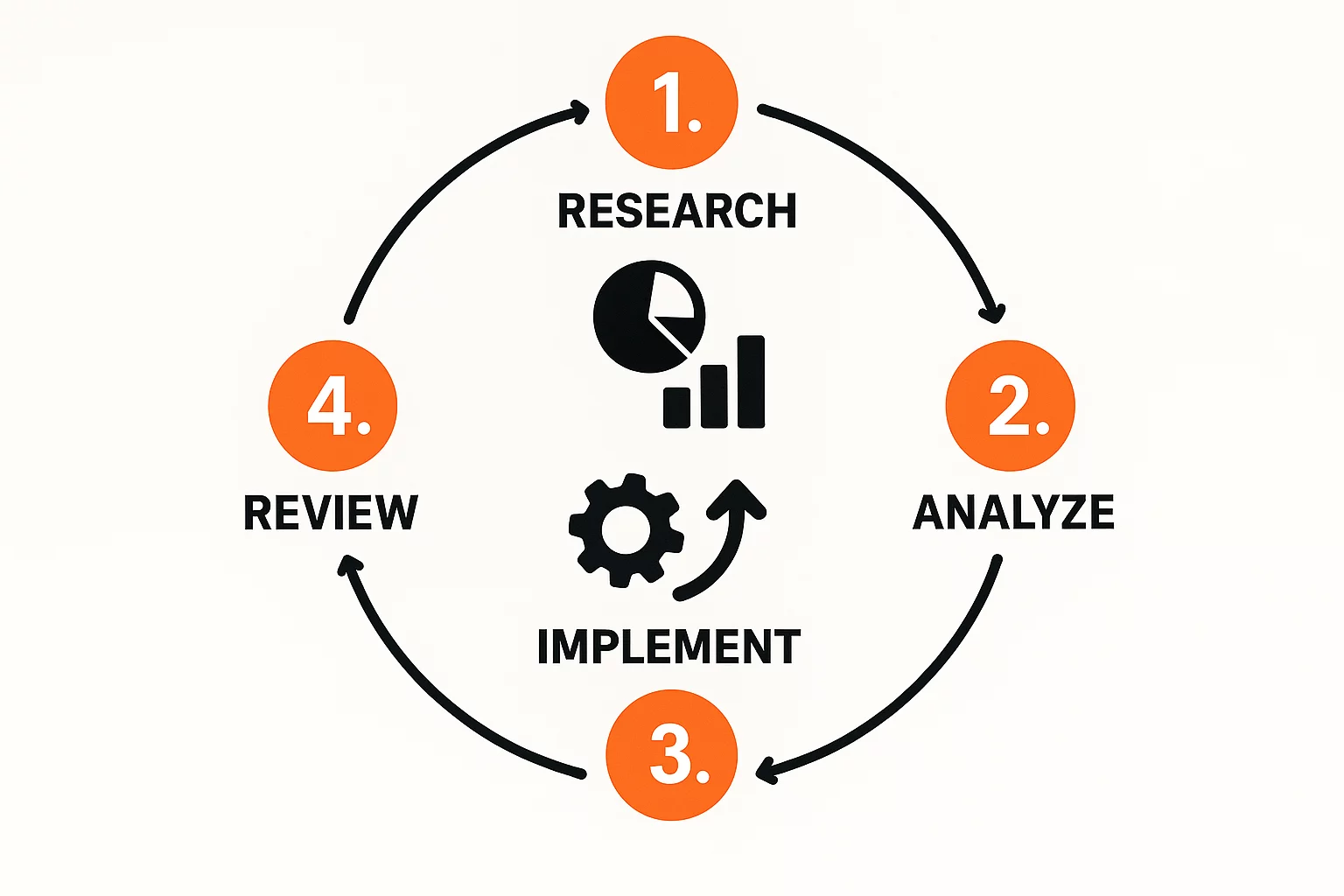You’ve identified a promising opportunity: to build a solar module factory serving a growing local market. Your financial models are solid, the demand is clear, and the initial capital expenditure (CapEx) is secured in a stable currency like Euros or US Dollars. On paper, the project is set for success.
But a critical variable, often overlooked in the early stages, can undermine even the most robust business plan: foreign exchange (Forex) risk. When your investment is in one currency but your revenue and operating expenses (OpEx) are in another, you are exposed to fluctuations entirely outside your control. This is the single greatest financial challenge for industrial projects in emerging economies.
The Core Challenge: A Fundamental Currency Mismatch
The problem stems from a fundamental mismatch. The high-value, specialized equipment required to build a state-of-the-art solar factory is purchased from global leaders, meaning your CapEx is denominated in EUR or USD. Yet, your future business will operate in a local currency. You will pay salaries, utilities, and local suppliers in the country’s currency. And your revenue from selling solar modules to local customers will also be in that same currency.
This creates an imbalance. According to IMF analysis, currencies in developing nations have shown a marked increase in volatility over the past decade, driven by global economic shifts and local political factors. A 15-20% devaluation of the local currency against the Euro in a single year isn’t an abstract risk; it’s a reality many businesses have faced. When this happens, your Euro-denominated loan repayments become 15-20% more expensive, even if your local sales figures remain strong.
Why Standard Financial Projections Can Be Deceiving
Many investors begin with a financial model that uses a static exchange rate or applies a simple, linear depreciation forecast. This approach is dangerously inadequate in volatile markets, failing to account for the sudden, sharp movements that can dramatically alter a project’s profitability.
A World Bank study on large-scale infrastructure projects highlighted that ventures funded in hard currencies often see a significant increase in real costs over their lifetime, a direct result of local currency devaluation. Your project is no different. This exposure extends well beyond the initial investment.
Key Areas of Forex Exposure for a Solar Factory
-
Initial Capital Expenditure (CapEx): This is the most obvious point of risk. The price for your turnkey production lines is fixed in Euros. If the local currency weakens between the time you secure financing and the time you pay for the equipment, the real cost of your project has already increased before the first brick is laid.
-
Ongoing Operational Costs: While most of your OpEx, such as labor, will be in the local currency, certain essential raw materials (like specialized glass or encapsulants) may need to be imported. These ongoing purchases create a continuous, smaller-scale Forex exposure that can erode margins over time.
-
Revenue and Debt Service: This is the most critical and enduring risk. Your revenue stream is in the local currency, but your loan repayments are likely in Euros or Dollars. Each time the local currency depreciates, a larger portion of your revenue is needed just to cover your financing costs. This can squeeze cash flow and turn a profitable operation into a struggling one.

Strategies for Forecasting and Managing Currency Risk
While you cannot control global currency markets, you can plan for their volatility. A resilient business incorporates Forex risk management into its strategy from day one. An experienced partner can help you explore these scenarios during the initial planning phase, long before you commit capital.
Consider these established strategies:
-
Hedging Instruments: Financial tools like currency forwards, options, and swaps allow you to lock in an exchange rate for a future transaction. Think of it as insurance for your exchange rate. While they come at a cost, they provide certainty for large payments like your initial equipment purchase.
-
Local Currency Financing: Securing a portion of your financing in the local currency can be a powerful strategy. Though interest rates may be higher, it creates a ‘natural hedge’ by matching the currency of your debt to the currency of your revenue.
-
Export and Revenue Diversification: If market conditions allow, structuring your business to export a percentage of your solar modules can generate revenue in a hard currency. This income can then be used to service your Euro-denominated debt, significantly reducing your overall risk profile.
-
Dynamic Pricing Models: Your business plan should model the potential for adjusting the local sales price of your modules to reflect significant currency movements. However, this depends heavily on local market competition and your product’s value proposition.
We believe a successful factory is built on a foundation of realistic financial planning. As our founder, Hans Thoma, often states, “A business plan is only as strong as its assumptions. We help our clients stress-test those assumptions against real-world currency scenarios we have witnessed over 25 years in the field.” This foresight is a core part of the guidance we provide, helping you navigate not just the technical, but also the financial realities of your project. Asking the right questions early is key to our comprehensive project management approach.

Frequently Asked Questions
What is a ‘hard currency’?
A hard currency is a globally traded currency that is considered stable and reliable, such as the US Dollar (USD), the Euro (EUR), the Japanese Yen (JPY), or the Swiss Franc (CHF). These currencies are trusted to maintain their value over time.
Isn’t Forex hedging too complex and expensive for a new factory?
While it requires expertise, hedging is a standard business practice for any company involved in international trade or investment. The cost of hedging should be weighed against the potentially devastating cost of unmanaged currency exposure. Simple instruments like forward contracts can be relatively straightforward to implement for specific, large transactions like equipment purchases.
Why not just wait for the local currency to stabilize before investing?
In many emerging markets, volatility is a persistent condition, not a temporary phase. Waiting for perfect stability may mean missing the market opportunity entirely. The more prudent approach is to build a business model that is resilient enough to withstand the inevitable fluctuations.
How much can currency volatility truly impact profitability?
The impact can be profound. A 20% currency devaluation can require a 25% increase in local currency revenue just to cover the same Euro-denominated loan payment. Over the 10-15 year lifespan of a typical project loan, this can be the difference between a high-return investment and a complete loss.
Does J.v.G. offer financial advisory services?
We are engineers and project specialists, not licensed financial advisors. However, with over 25 years of experience setting up factories in dozens of countries, we ensure our clients are aware of these critical financial risks from day one. We help you ask the right questions and can connect you with financial experts in your region who can provide formal advice on hedging and financing structures.
Plan for Reality, Not Just for the Prospectus
Foreign exchange risk isn’t a footnote in your business plan; it’s a central strategic challenge that demands careful consideration. Addressing it head-on with a clear and realistic strategy is essential for the long-term success and sustainability of your investment.
Building a factory is about more than just technology and equipment. It’s about building a resilient business that can thrive in its local economic environment.

We welcome the opportunity to discuss the technical and operational requirements for your project. Contact us to start the conversation and build a resilient investment from the ground up.
